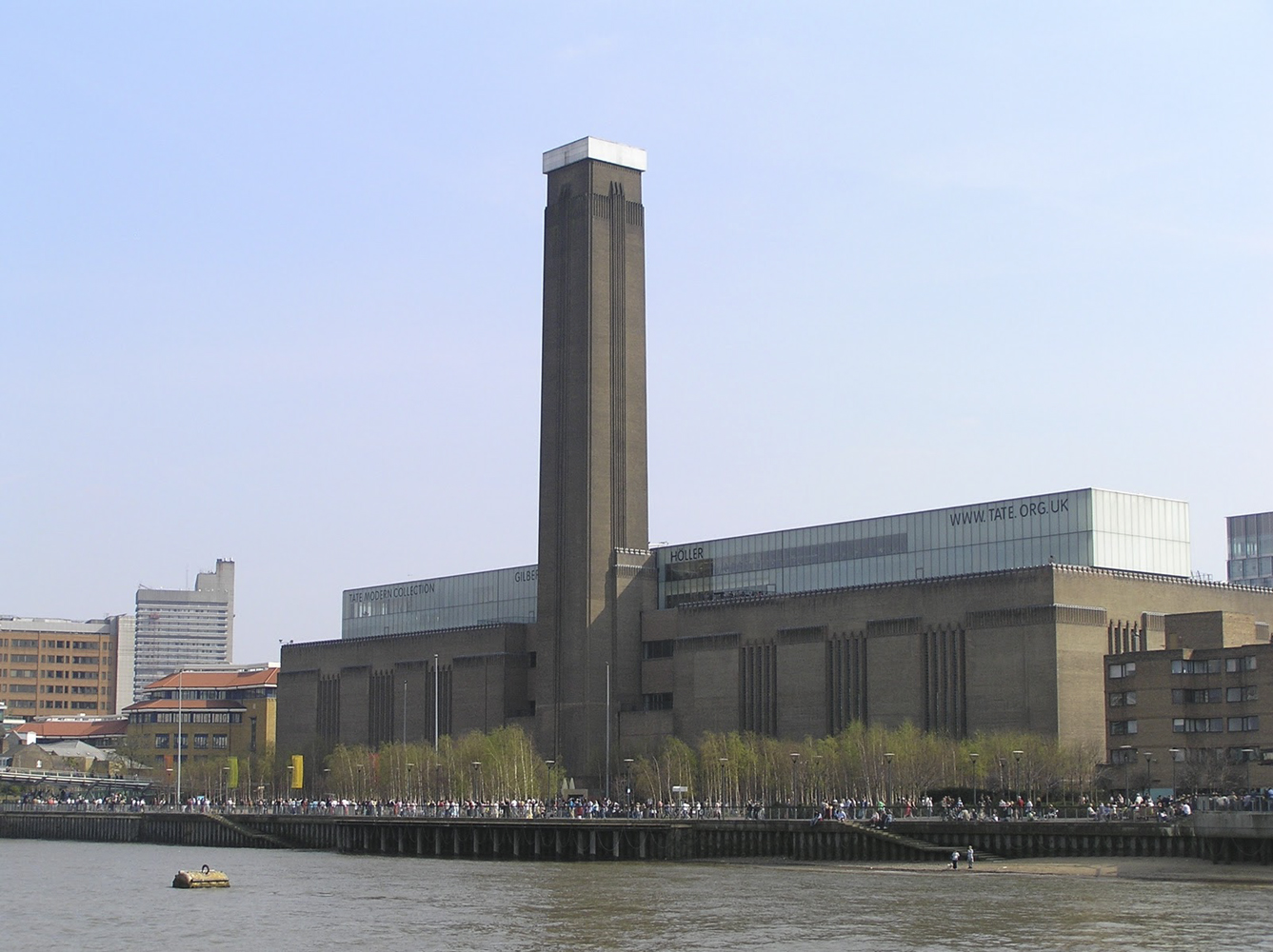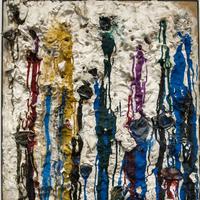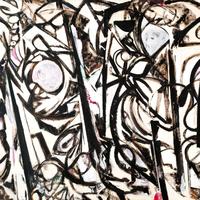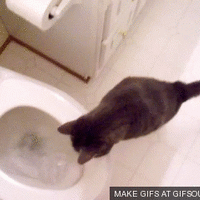More about Tate Modern

Sr. Editor
Tate Modern was created out of the shell of a former power plant.
Herzog & de Meuron, the same guys that designed the M. H. de Young Museum in San Francisco and the Beijing National Stadium for the Olympics, won the commission for this museum by being the only ones to not demolish the power plant in their proposal.
The Turbine Hall, used for large-scale temporary exhibitions, must be the single biggest gallery space ever. It used to house the power plant’s turbines and is an empty room that is five stories tall and has enough floor space to almost fit a football field, the American kind. The Turbine Hall exhibitions are so awesome they have corporate sponsors. Unilever ended its sponsorship in 2012 and Hyundai picked it up for a rumored $8 million through 2025.
In 2013, German electric dance music group Kraftwerk performed in the Turbine Hall. Demand for tickets was so high it crashed the ticketing website and to add insult to injury angered many fans who felt the $60 prices were far too expensive.
The Tate’s prime location on the bank of the Thames and its grey dystopian architecture makes for great movie backdrops. Some films that feature the museum: Bridget Jones’s Diary, Match Point, The Constant Gardener, and Children of Men.

Contributor
The setting of Tate Modern is hard to beat.
It sits on the South Bank of the Thames, a gorgeous spot just across the Millennium Bridge from London’s famous St. Paul’s Cathedral. It’s easy to reach by public transport and it’s free!
What it's like:
A radically repurposed 1940s power plant and sky-high. It would have been even taller but Londoners wouldn’t accept anything rising above St. Paul’s Cathedral on the other side of the Thames.
We suggest entering through the Turbine Hall, not the more obvious entrance facing the Thames. Looks and feels like a magnificent cathedral, and the guy responsible, Sir Giles Gilbert Scott, built Leeds Cathedral before he did the power plant. He also designed the famous red cast-iron telephone boxes which, along with the double-decker bus, those awkward black cabs, and the unarmed bobbies, are London for most of us.
What’s inside
- The Turbine Hall is extraordinary. In a digital world of silicon, ephemeral micro-everything, and prefab buildings, nothing is more different than this mega-industrial space. It goes up 99 m (325 ft) and spreads 200 m (660 ft) in length. And it’s all empty, except for tiny little people dots scurrying across the floor, and periodic sculptures. The galleries, bookstores, and cafes are stuck on one side of the Hall like barnacles.
- The ground floor restaurant has good coffee, cake, food, leather couches, a bar (!), wifi, and lots of tables. The waiters look sharp. In fact, there are cafes or restaurants on pretty much every floor, and then dozens more outside on the South Bank.
- The two bookstores are respectable but they lack all the cool design stuff of MOMA in San Francisco or New York. The British are less into selling things than North Americas, which is a pity.
- Galleries are sparse with a lot of unexpected modern art alongside the classics. Interactive exhibits keep popping up. The master curator has an attitude and, contrary to centuries of museum tradition, rotates the museum’s 70,000 works on display often. The downside, your favorite piece has just vanished. Upside, welcome surprises on return visits.
Featured Content
Here is what Wikipedia says about Tate Modern
Tate Modern is an art gallery in London, housing the United Kingdom's national collection of international modern and contemporary art (created from or after 1900). It forms part of the Tate group together with Tate Britain, Tate Liverpool and Tate St Ives. It is located in the former Bankside Power Station, in the Bankside area of the London Borough of Southwark.
Tate Modern is one of the largest museums of modern and contemporary art in the world. As with the UK's other national galleries and museums, there is no admission charge for access to the collection displays, which take up the majority of the gallery space, whereas tickets must be purchased for the major temporary exhibitions.
Due to the COVID-19 pandemic the museum was closed for 173 days in 2020, and attendance plunged by 77 per cent to 1,432,991. However, it recovered strongly in 2022, with 3,883,160 visitors, making it the third most visited in Britain and the fourth-most visited art museum in the world.
The nearest railway and London Underground station is Blackfriars, which is 550 yards (0.5 km) from the gallery.
Check out the full Wikipedia article about Tate Modern



















